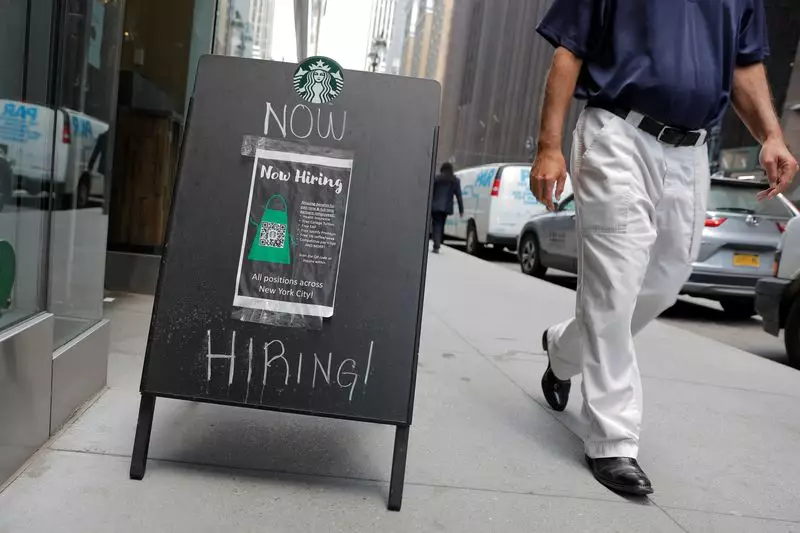In recent discussions concerning the U.S. economy, the term “soft landing” has gained prominence, suggesting a scenario where the economy slows down without entering a full-blown recession. Wells Fargo strategists have articulated a compelling case for this soft landing as a more likely outcome than a recession, bolstered by various economic indicators hinting at stability moving forward. This nuanced perspective is particularly relevant as we approach the final quarter of 2024, a timeframe during which structural economic adjustments will dictate market dynamics.
A notable aspect of Wells Fargo’s analysis is the shift toward disinflation, a term describing a decrease in the rate of inflation. This trend is crucial, as it effectively creates a supportive environment for consumer spending and real income growth. The early easing of inflation, which deviates from traditional patterns observed in prior economic cycles, suggests that consumers could experience enhanced purchasing power. Increased consumer confidence, in turn, propels economic activity—a vital component for mitigating recession fears.
Moreover, the labor market plays a significant role in this narrative. While some forecasts predict a rise in unemployment rates, Wells Fargo points out that this spike will be influenced more by new workforce entrants, rather than substantial layoffs. Certain sectors, particularly healthcare, are still experiencing hiring necessities post-pandemic, providing a buffer against widespread employment decreases.
The sustained strength of the service sector, which represents more than two-thirds of the U.S. economy, is another factor contributing to the soft landing outlook. Despite broader economic challenges, industries within this realm are continuously expanding, thus offsetting potential downturns in other areas. This resilience suggests that, contrary to fears of a sharp economic decline, we may witness a more tempered slowdown characterized by balanced sectoral growth.
Monetary policy remains at the heart of the economic landscape, with the Federal Reserve’s recent course of interest rate cuts acting as a stabilizing force. By reducing rates for the first time since the onset of the pandemic in 2020, the Fed aims to relieve pressure on various economic sectors. Such cuts ensure that credit remains accessible, particularly for small businesses and the real estate market, preventing the financial constraints often associated with late-cycle economic phases. These prudently timed policy interventions appear instrumental in steering the economy toward an environment that favors continued growth over contraction.
Nevertheless, it is essential to acknowledge the uncertainties looming over the global economy, particularly concerning fiscal challenges in regions such as China and Europe. These external pressures could pose risks to the U.S. economic outlook and could complicate the soft landing scenario. However, Wells Fargo’s analysis, which emphasizes a data-driven and strategic approach, suggests that while the path may not be devoid of challenges, a recession is not imminent based on current indicators.
The overall assessment presents an optimistic view of the U.S. economy’s trajectory, painting a picture that leans towards a soft landing rather than a potential recession. The combination of disinflation, a resilient labor market, and proactive monetary policy collectively fosters a climate conducive to gradual growth, reflecting a measured approach to the economic complexities ahead.


Leave a Reply